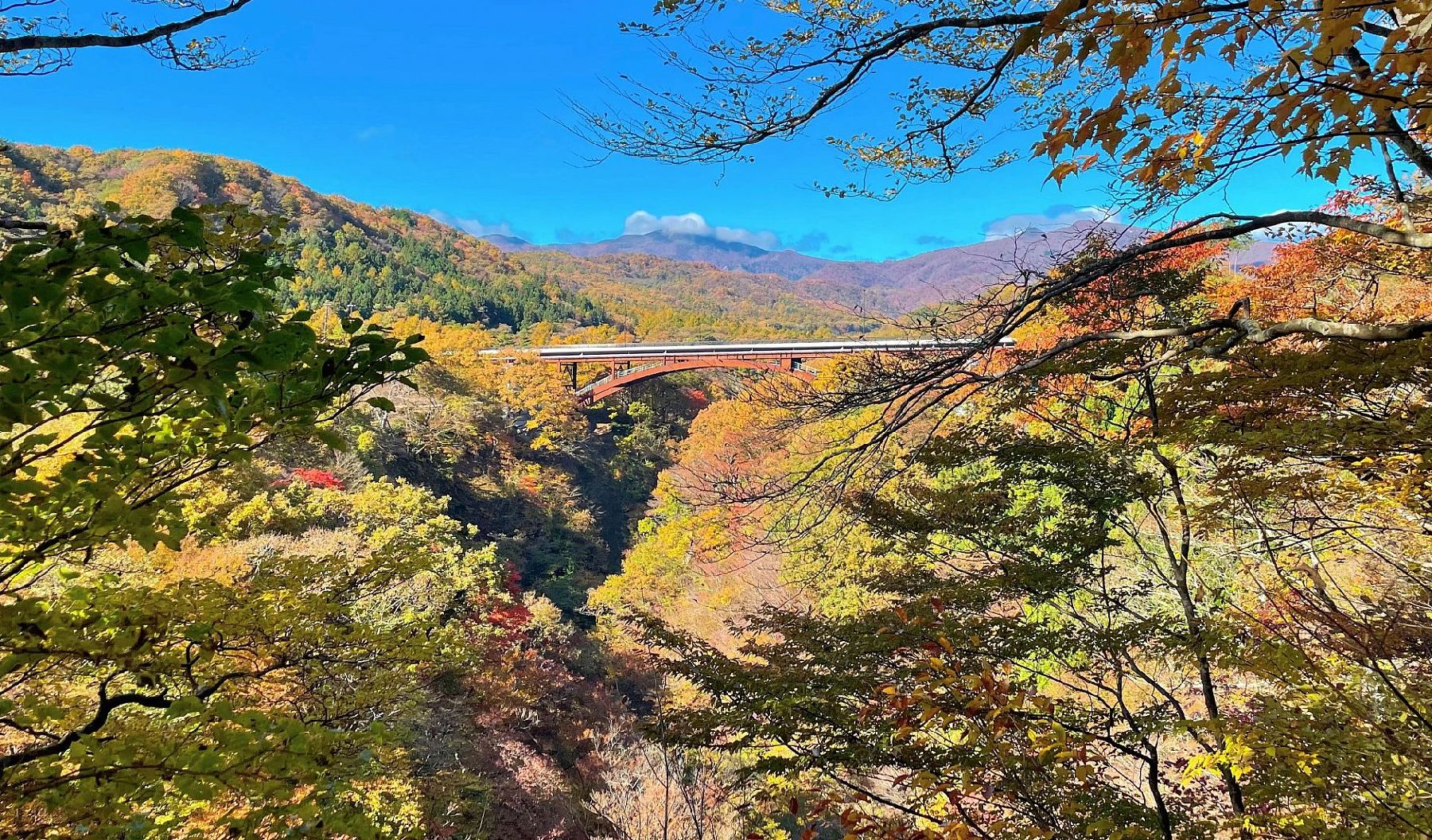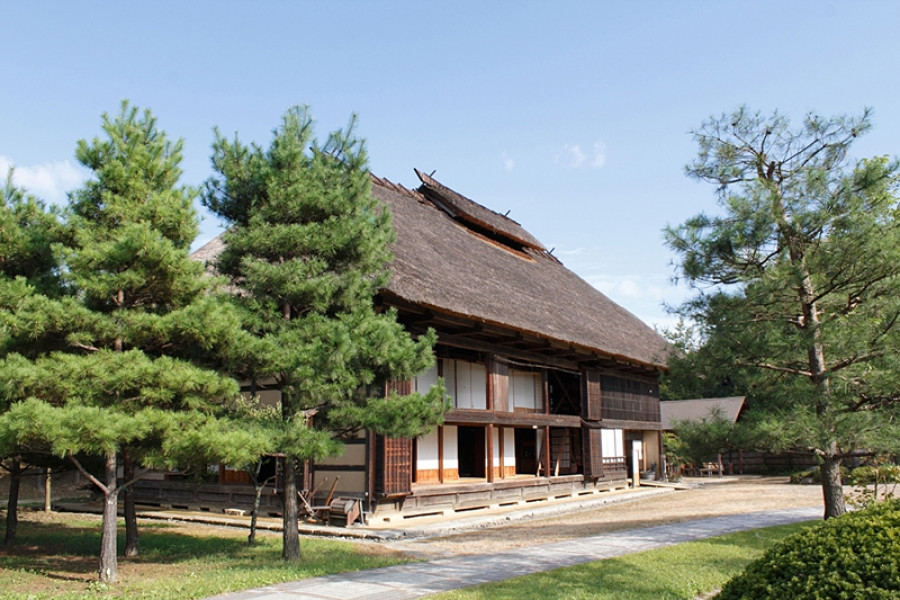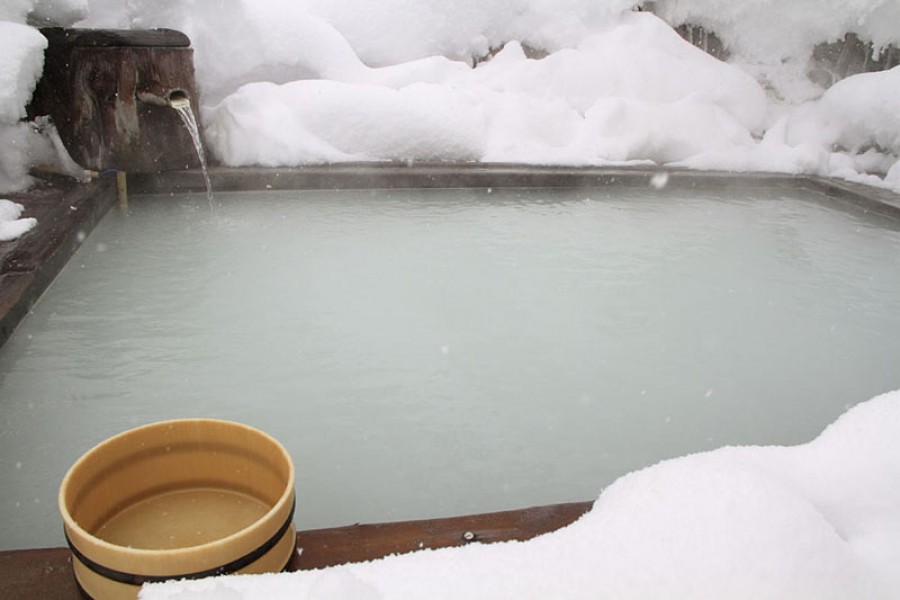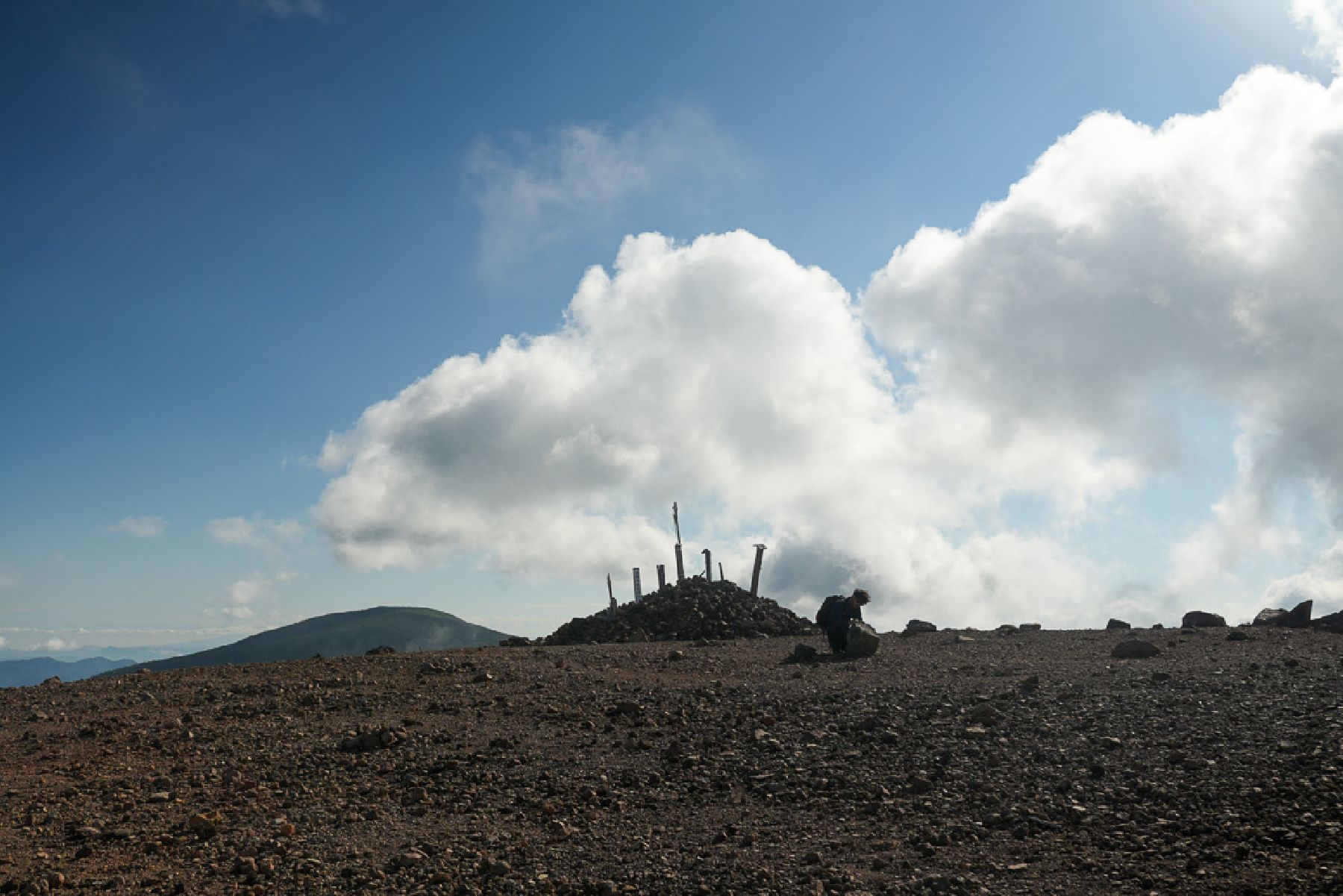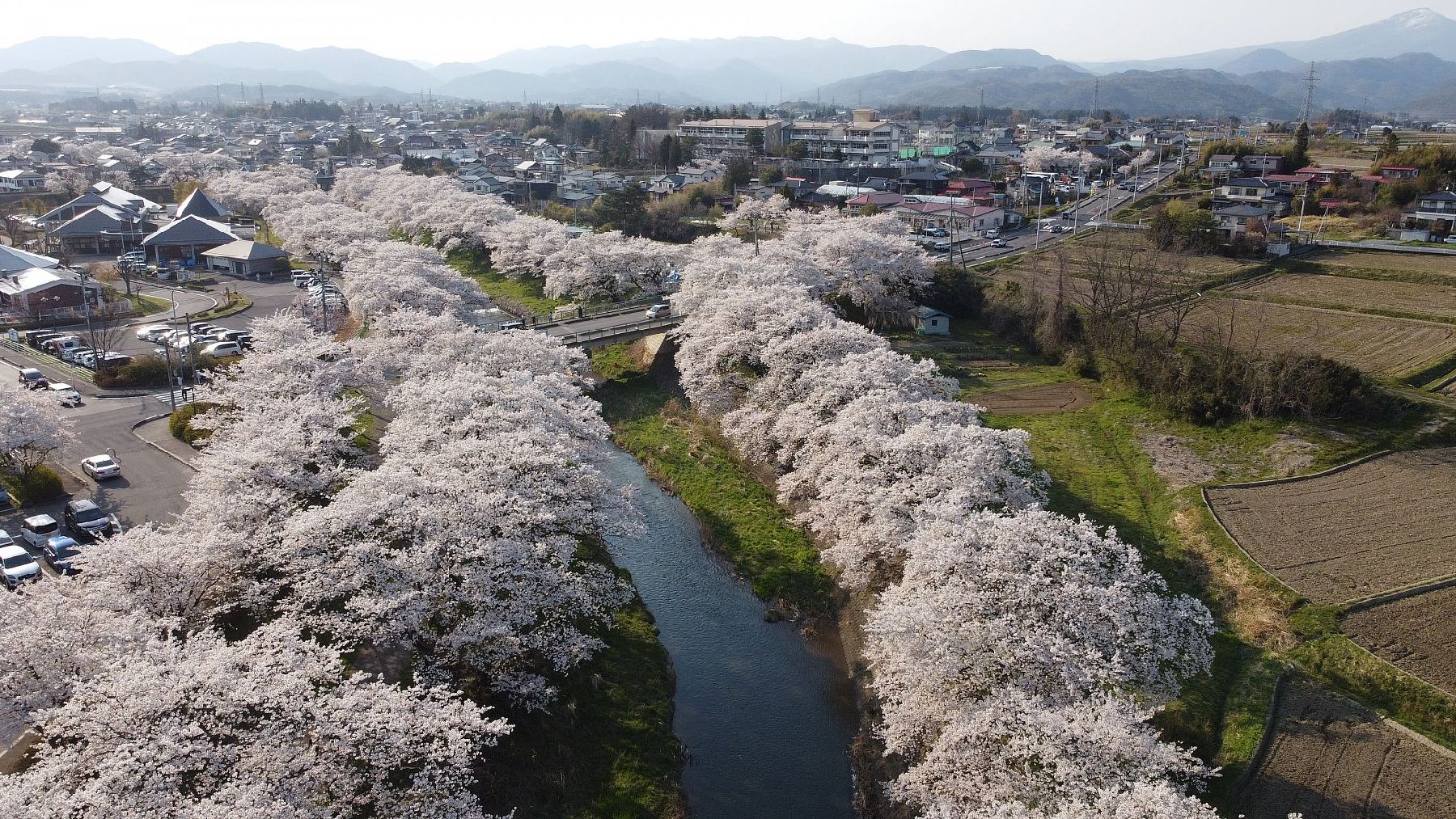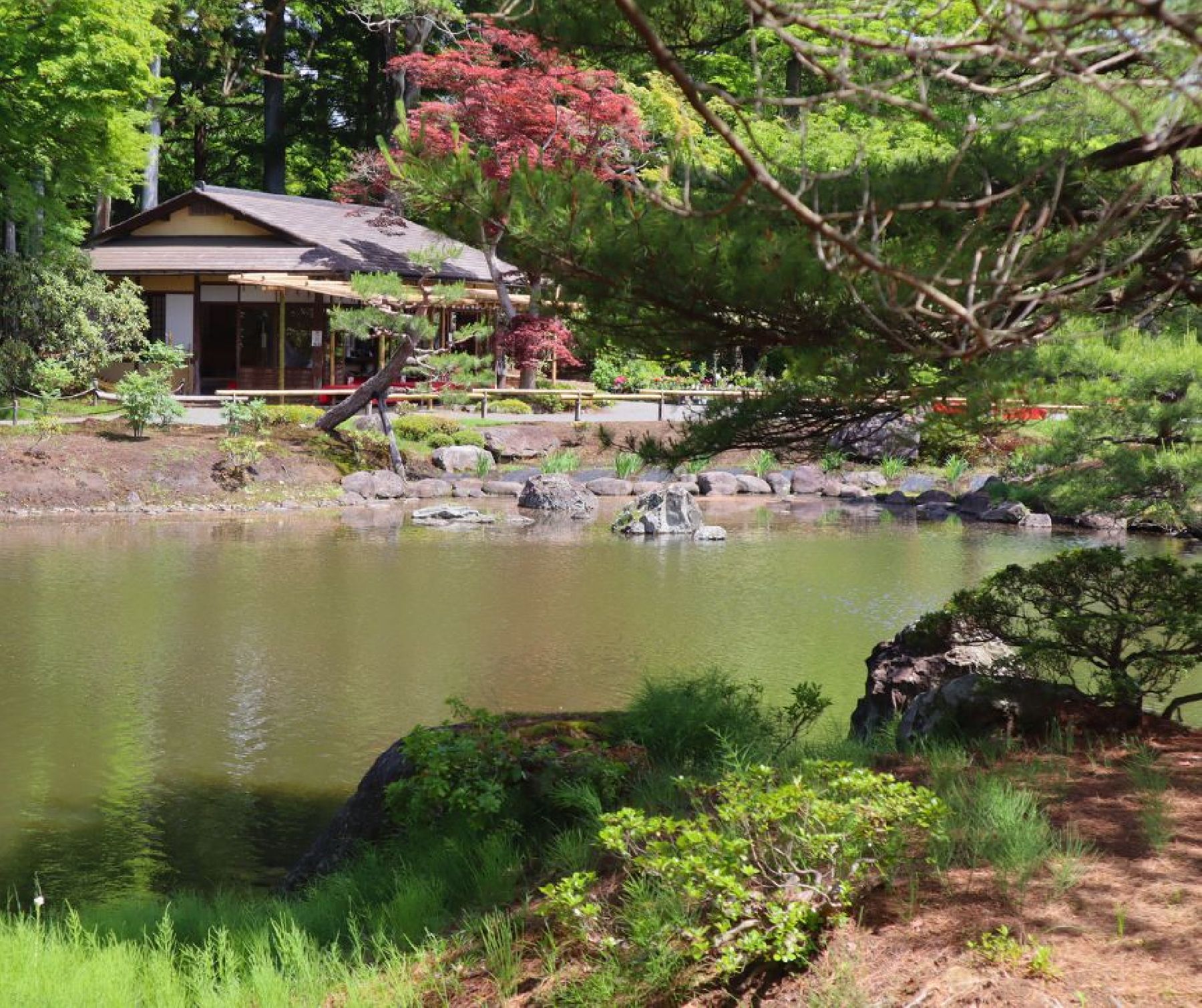
Koori Town's Peach Blossoms
Koori Town, home to some 236 acres of peach orchards, is a wonderful place to view peach blossoms when spring rolls around. 24,000 trees fill the 120 hectares of peach orchards located along the banks of the Abukuma in Koori Town's Danzaki area - many of these are located along a road known locally as 'the Peach Line'. When these flowers all open their petals in unison, the landscape is transformed into a sea of pink, truly a utopian vista. Their Majesties the Emperor and Empress (the Crown Prince and Princess at the time) walked through this orchard on April 26 1996 - an event which is commemorated with a memorial tablet that stands along the Peach Line. Visitors to the peach orchards on the banks of the Abukuma river will be treated to views of Mt. Handa, the symbol of Koori Town. The best time to visit the peach orchards is mid-April.
